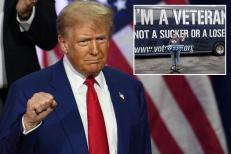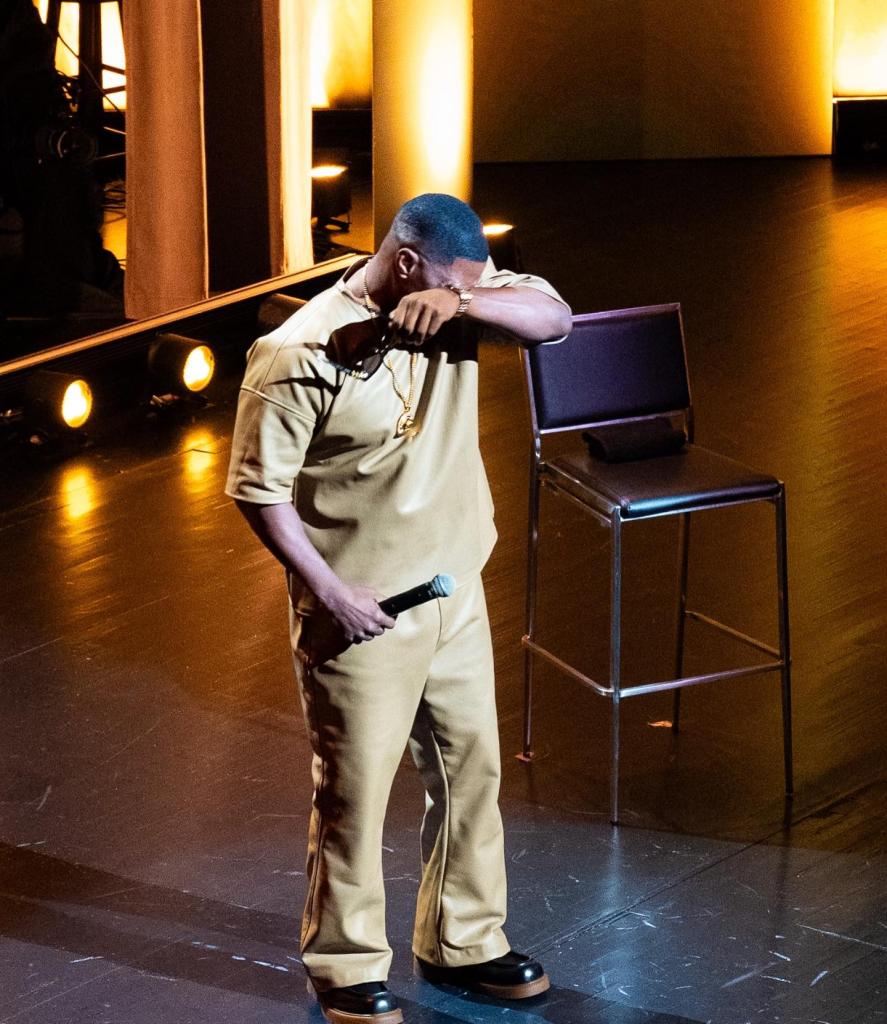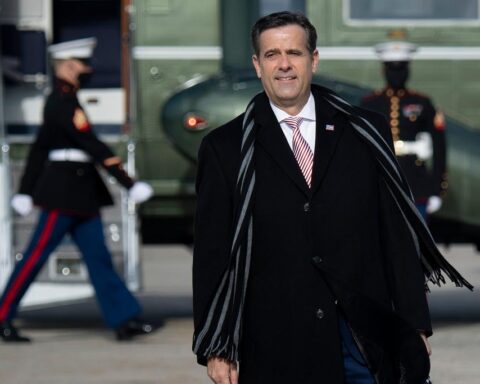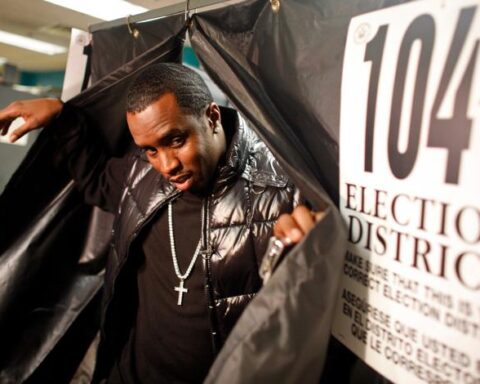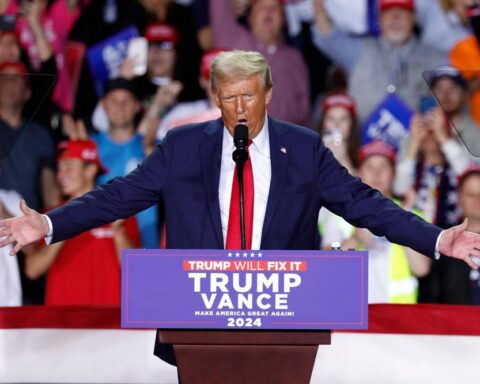A recent Pew survey reveals a strong preference for Trump among veterans, highlighting a disconnect between media portrayals and the realities of military support, leaving Vice President Kamala Harris in a precarious position.
Vice President Kamala Harris is grappling with a significant challenge: her lack of support among veterans, a demographic that overwhelmingly favors her opponent, Donald Trump. According to a recent Pew Research Center survey, Trump enjoys a commanding lead with veterans, securing 61% of their support compared to Harris’s 37%. This trend not only underscores the enduring loyalty of veterans to Trump but also suggests a stark contrast to the narratives often perpetuated by liberal media and Democrats that paint Trump as being at odds with America’s military personnel.
Despite efforts by the media to portray Trump unfavorably among veterans, the reality is quite different. Veterans have consistently supported Republican candidates, with Trump winning approximately 60% of the veteran vote in the last two presidential elections. Current indicators suggest he is poised to replicate this success in the upcoming election.
Compounding Harris’s challenges is the performance of her running mate, Tim Walz, who, despite his military background, faces skepticism from veterans. Critics have accused Walz of inflating his military service claims, which has likely contributed to his lower favorability ratings among veterans. In contrast, veterans have a more favorable view of JD Vance, Trump’s running mate, with 53% expressing positive impressions of the ex-Marine compared to just 34% for Walz.
The Pew survey’s findings reveal that dissatisfaction with Harris is not solely attributable to partisan alignment among veterans. A mere 23% believe that Harris would improve conditions for veterans if she ascended to the presidency, while 55% believe Trump would do so. Among Harris’s supporters, a significant portion—33%—are uncertain about her potential impact, and 5% even feel she could worsen the situation for veterans.
The stark divide in perception is exemplified by the overwhelming confidence Trump supporters have in his ability to effect change; 83% of his backers assert he would improve conditions for veterans. In contrast, Harris’s standing suffers from the perception that she does not genuinely represent the interests of veterans.
The cultural divide between military personnel and political elites is further exacerbated when high-profile military figures, such as former Joint Chiefs of Staff Chairman Mark Milley, publicly criticize Trump. Milley’s comments resonate more with Washington insiders than with everyday service members and veterans, further alienating Harris from a key constituency. While Milley’s statements may garner headlines, they do little to reflect the sentiments of ordinary veterans, who often feel disconnected from the rhetoric of political insiders.
This disconnect is compounded by the financial incentives that some retired military officials have when they align with specific political narratives. Milley, who has transitioned to a lucrative speaking career since leaving the Army, exemplifies this trend. His comments, which align with the anti-Trump sentiment prevalent among certain elite circles, may be more reflective of his financial interests than the reality of the veteran experience.
As the electoral landscape shifts, the veterans’ overwhelming support for Trump highlights a profound disconnect between media narratives and the sentiments of those who have served in the military. For Kamala Harris, addressing this divide is not just a political challenge but a critical necessity as she seeks to build support among a constituency that has consistently leaned Republican. As the campaign heats up, the implications of this divide will undoubtedly play a significant role in shaping the upcoming electoral outcomes.



